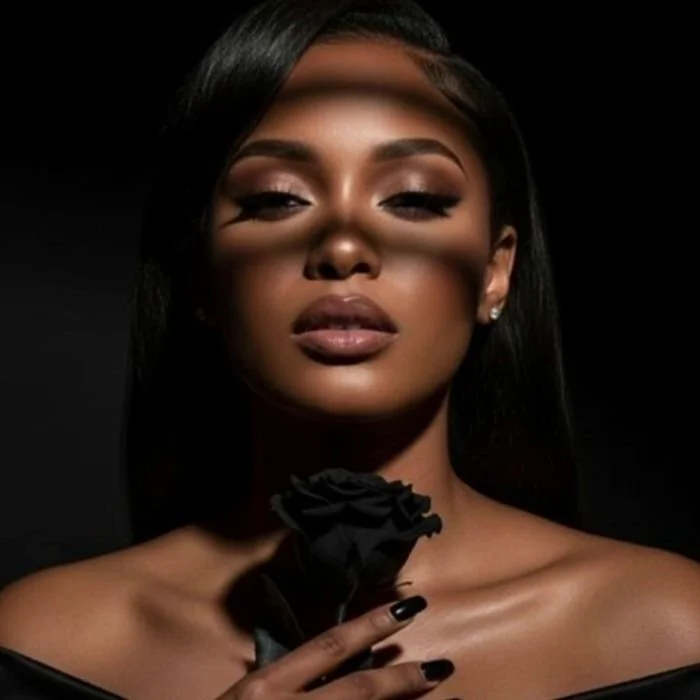Xania Monet: when AI signs a $3 million contract
The music industry is officially entering a new era. Xania Monet, an RnB and soul singer entirely generated by artificial intelligence, has just signed a record-breaking $3 million contract with US label Hallwood Medias. Created by Telisha Jones, a 31-year-old American entrepreneur, Xania is the fruit of an entirely digital process: lyrics, vocals, melodies and visuals are produced using generative AI.
On streaming platforms, the phenomenon goes beyond technological curiosity: over a million monthly listeners on Spotify, several million cumulative listens to her tracks How I Was Supposed to Know or The Strong Don't Get a Break, and over 120,000 followers on Instagram. In less than a year, this "virtual singer" has gone from being a technological experiment to a viable cultural product.
A silent revolution in the creative economy
The technology behind Xania Monet is based on the Suno platform, which specializes in AI-generated music creation. The system enables original songs to be composed from a simple prompt: genre, key, tempo, emotion. Within seconds, the machine produces a complete song - text, melody, arrangement and synthetic voice.
This approach, which is generating as much enthusiasm as debate, highlights the speed with which generative AI is transforming the creative industries' value chain. Where several weeks of production used to be necessary, an AI model can now generate a track in a day. While the major record companies are denouncing the risks of drift - exploitation of catalogs, infringement of copyright - the success of Xania proves that a curious and receptive public already exists for these new forms of algorithmic art.
AI aesthetics: towards an enhanced sound and visual identity
Beyond technological prowess, Xania Monet questions our relationship with creation. As with IA virtual models in fashion, her value lies less in digital perfection than in the construction of a coherent imaginary. Her voice recalls the nuances of Beyoncé or Alicia Keys, but her image - golden skin, deep eyes, elegant posture - embodies a new archetype: that of a digital muse, designed to exist simultaneously in the virtual and the real.
This hybridization paves the way for a new category of artists: synthetic identities capable of expressing style, emotion and story without the physical or temporal constraints of human artists. In music as in AI fashion, these avatars become symbolic extensions of brands or labels.
A parallel with AI fashion: the power of virtual incarnations
What Xania Monet has achieved in music, IA 's virtual mannequins are already doing in fashion and luxury goods. These digital figures can be used to sculpt coherent, immersive visual narratives in the image of a campaign or collection. Where a virtual singer generates emotions through her voice, an AI model does so through presence, light and movement.
Today, houses use these mannequins to simulate photorealistic shoots, test silhouettes, or create branded avatars carrying a singular style. Like AI artists, they embody a flexible, inclusive and highly customizable aesthetic.
AI as the new language of branding
This phenomenon marks a strategic breakthrough: brands and labels no longer buy just a face or a voice, but a programmable creative system. An AI singer can produce ten versions of the same song for different markets; a virtual model can adapt her expression and morphology to each target audience.
For luxury brands, this total mastery of image opens up a whole new creative field:
Infinite personalization, thanks to avatars that adapt to every culture and platform.
Overall visual consistency, eliminating the variations associated with human production.
Optimize costs and production time, by replacing real shoots with ultra-realistic virtual sessions.
AI thus becomes a raw material for branding, a tool for extending the DNA of a company into the virtual world, while preserving its aesthetic and emotional appeal.
Hybridizing humanity and algorithms
The case of Xania Monet illustrates an essential tension: how far can artificial intelligence appropriate the sensible? As in fashion, the answer lies not in replacement, but inhybridization. Human artists will remain the engine of emotion, while AIs will become amplifiers of creativity, capable of exploring more visual or sonic directions than human time would allow.
At Artcare, this vision guides our work: to think of augmentative technologies, where AI accompanies designers without ever erasing them. Our AI virtual mannequins, virtual try it on tools and AI R&D studio platforms are designed to do just that: transform technical potential into a lever for meaning, beauty and innovation.
Towards a new economy of synthetic identities
In the coming years, virtual artists, models and influencers will coexist with their human counterparts in a hybrid ecosystem. This convergence of AI, culture and commerce is already redefining creative professions: art direction, digital styling, algorithmic sound design, augmented communication.
Xania Monet's success heralds this transformation: an economy where authenticity is no longer measured by the human origin of a work, but by the sincerity of the emotion it arouses.
Conclusion: from sound studio to image studio
The arrival of artists like Xania Monet marks a decisive step towards AI culture. This movement goes beyond music: it questions the role of creators, the place of the machine in the imagination and the redefinition of reality.
In this changing landscape, Artcare accompanies houses and brands in their own exploration of the virtual - designing AI mannequins, brand avatars and augmented creative tools. For, as in music, the future of luxury will belong to those who know how to make the algorithm sing without extinguishing emotion.
Put AI at the heart of your brand
Let's talk about how artificial intelligence can strengthen your identity, accelerate your creative processes and open up new perspectives for your home.
Make an appointment

